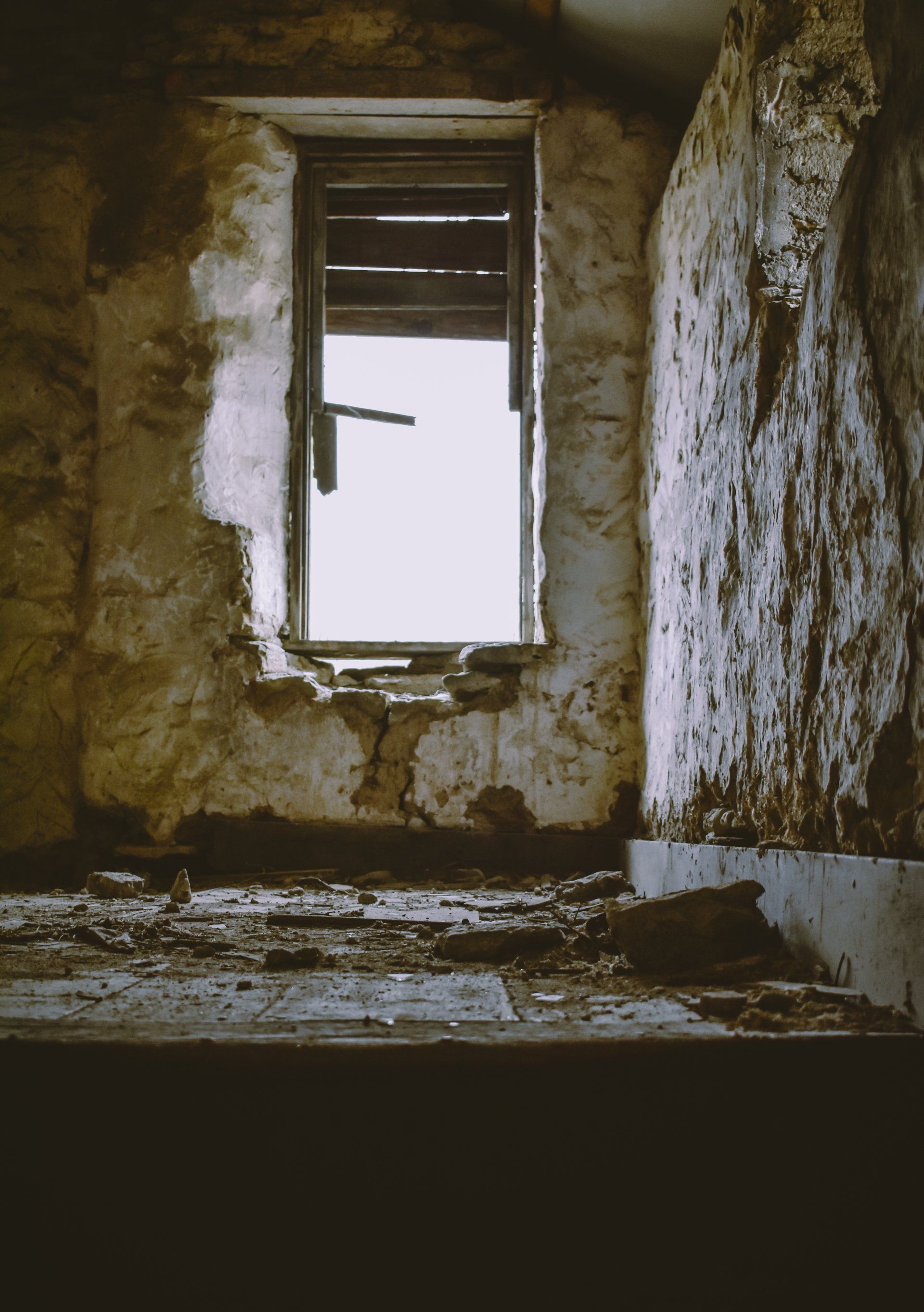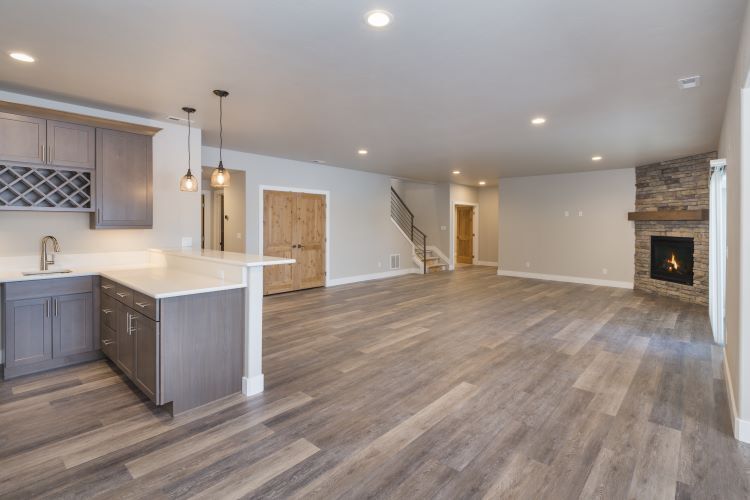How to Design a Functional Basement Laundry Room

Designing a basement laundry room can be an exciting project that adds both value and convenience to your home. When done right, a functional basement laundry room can streamline your household chores and make laundry day a breeze. Here’s how to transform your basement into an efficient, well-organized laundry space that meets all your needs.
1. Plan Your Layout Carefully
Before diving into the renovation process, take the time to plan your layout. A well-thought-out design is key to creating a functional laundry room. Consider the following:
- Appliance Placement: Position your washer and dryer near existing plumbing to minimize installation costs. Ensure there’s enough space for the doors to open fully without obstruction.
- Work Flow: Design your space for efficient workflow. For example, place your washer and dryer next to each other with a folding station nearby to streamline the process.
- Storage Solutions: Incorporate cabinets, shelves, and hanging rods to keep detergents, cleaning supplies, and laundry accessories organized.
2. Focus on Ventilation and Lighting
Basements often suffer from poor ventilation and lighting, which can make them feel damp and dark. Improving these aspects is crucial for a functional laundry room:
- Ventilation: Proper ventilation is essential to prevent moisture buildup, which can lead to mold and mildew. Install a high-quality vent fan to circulate air and consider adding a dehumidifier to maintain optimal humidity levels.
- Lighting: Bright, well-distributed lighting can make your laundry room more inviting and easier to work in. Opt for a combination of overhead lights and task lighting, especially around your work areas like the folding station and sink.
3. Choose Durable, Water-Resistant Materials
Basement laundry rooms are exposed to higher moisture levels, so it’s important to choose materials that can withstand this environment:
- Flooring: Waterproof flooring is a must. Consider vinyl, tile, or sealed concrete, which are all durable and easy to clean.
- Wall Finishes: Use moisture-resistant drywall or cement board for your walls, and consider adding a water-resistant paint or tile backsplash around sinks and appliances.
- Cabinetry: Opt for water-resistant materials like laminate or stainless steel for your cabinetry to prevent warping and damage over time.
4. Incorporate Smart Storage Solutions
A well-organized laundry room can save you time and frustration. Consider the following storage ideas:
- Overhead Cabinets: Utilize the vertical space by installing overhead cabinets to store detergents, fabric softeners, and other laundry essentials.
- Rolling Carts: A rolling cart can be a versatile storage solution, providing easy access to your laundry supplies while allowing you to move them around as needed.
- Folding Station: Install a countertop over your washer and dryer or add a dedicated folding table to create a convenient space for sorting and folding laundry.
5. Add Functional and Aesthetic Touches
While functionality is key, don’t forget to make your basement laundry room an inviting space:
- Sink and Faucet: Adding a utility sink can be incredibly useful for pre-soaking clothes or cleaning up messes. Choose a durable, deep sink with a high-arc faucet for added convenience.
- Decor: Incorporate a bit of decor to make the space feel more comfortable. Consider adding a pop of color with paint or wallpaper, hanging art on the walls, or including a rug to warm up the space.
- Seating: If you have the space, consider adding a small bench or stool for comfort while you wait for the laundry to finish.
6. Ensure Accessibility and Safety
Finally, make sure your basement laundry room is safe and accessible:
- Electrical Safety: Ensure all outlets are grounded and protected by GFCIs (Ground Fault Circuit Interrupters) to prevent electrical hazards in this potentially damp environment.
- Accessibility: Consider installing a laundry chute from the upper floors for added convenience. Additionally, make sure your laundry room is easy to access with a clear pathway from the stairs or elevator.
Conclusion
Designing a functional basement laundry room in your London, Ontario home requires thoughtful planning and attention to detail. By focusing on layout, ventilation, durable materials, smart storage solutions, and safety, you can create a space that not only meets your laundry needs but also enhances your home's overall functionality. Whether you're renovating an existing basement or starting from scratch, following these tips will help you achieve a practical and aesthetically pleasing laundry room that you'll enjoy using for years to come.
If you need professional help with your basement renovation, the experts at Basement Renovations London are here to turn your vision into reality.
You might also like




